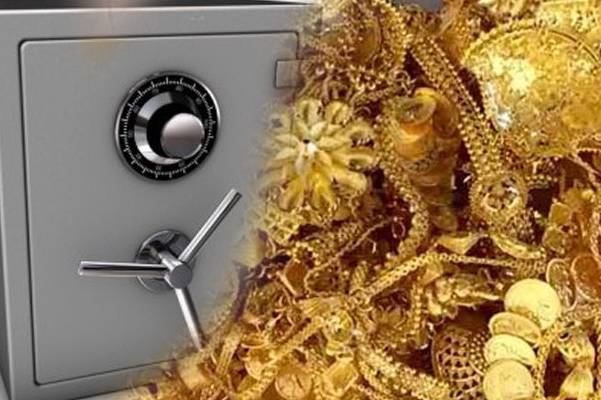The jewellery industry yesterday labelled the import licensing scheme unfair and has urged for its removal or postponement, so as to encourage foreign exchange income, after the Cabinet of Ministers on Monday decided to bring gold under the import licensing scheme.
In response to the move, the industry held an emergency meeting with officials from the State Ministry of Gem and Jewellery Related Industries, the Department of Imports and Export Control, the National Gem and Jewellery Authority, and the Export Development Board yesterday.
Industry representatives called the licence fee, which is 0.4% on the CIF value of the import, unreasonable, noting that Sri Lanka would no longer be competitive in export markets as a result of it.
“The move is unreasonable. We want the Government to heed our plea and reconsider the move,” Sri Lanka Gem and Jewellery Association (SLGJA) Chairman Ahsan Refai told the Daily FT.
He pointed out that the Government should encourage local manufacturers and facilitate industries such as tourism and exports, thereby boosting prospects for higher foreign exchange earnings.
During the first five months of the year, Sri Lanka’s diamond, gem and jewellery exports increased by 75% to $ 107 million, compared to $ 61 million in the same period a year ago. The industry is also a major supplier for tourists.
According to Central Bank data, gold imports peaked in 2017 to $ 650 million and dipped to $ 439 million in 2018 but a 15% import tax and other factors declined gold imports in 2019 to $ 2.6 million – it recovered to $ 8.7 million in 2020 following Government relief.
In September last year, President Gotabaya Rajapaksa called for the removal of 14% income tax on gem and jewellery sales and the 15% tax imposed on gold imports. A loan scheme of Rs. 1 million at 4% interest rate for jewellery manufacturers and traditional goldsmiths was also introduced as an additional measure to boost the industry.
In 2018, the previous regime slapped a 15% tax after the rupee came under pressure from liquidity injections in March, April and July.
(FT)

